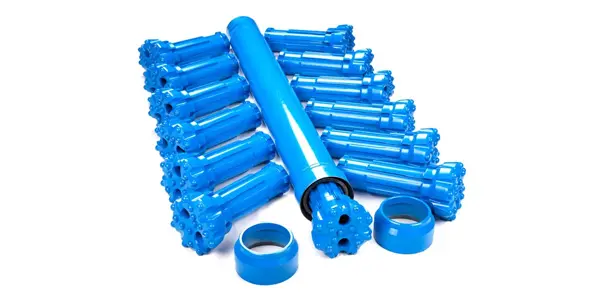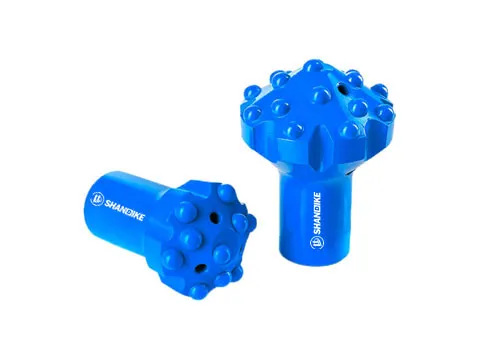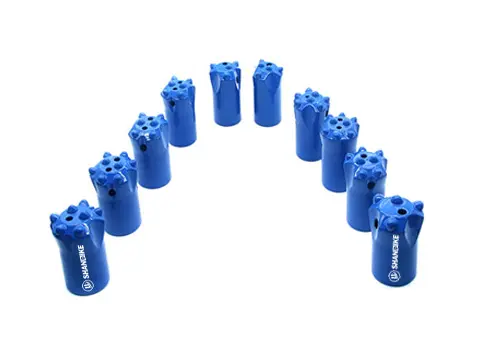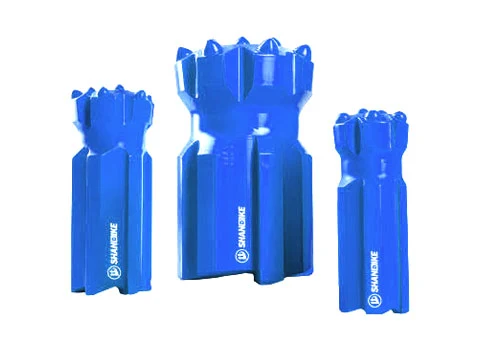Abstract
Mining drilling rods are critical components in exploration and extraction operations, serving as the backbone of rotary and percussive drilling systems. This article explores the technological advancements in drilling rod design, material science, and manufacturing processes, emphasizing their impact on durability, efficiency, and operational safety in challenging mining environments.
1. Introduction
Drilling rods, also known as drill rods or drill pipes, are tubular structures designed to transmit rotational torque, axial force, and flushing media (e.g., air, water, or drilling mud) to the drill bit during mining operations. Their performance directly influences drilling speed, precision, and cost-efficiency. With increasing demand for deeper and harder rock penetration, innovations in rod technology have become pivotal to modern mining.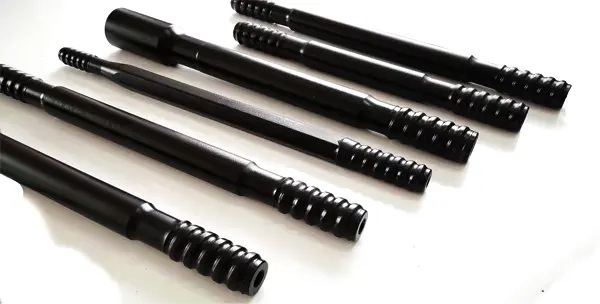
2. Material Innovations
2.1 High-Strength Alloy Steels
Traditional drilling rods are fabricated from carbon steel, but advancements in metallurgy have shifted focus to alloy steels enriched with chromium, molybdenum, and vanadium. These alloys enhance tensile strength (1,200–1,500 MPa) and fatigue resistance while maintaining ductility. For example, Cr-Mo steels reduce microfracture propagation in high-stress cyclic loading conditions.
2.2 Composite Coatings
Surface treatments such as tungsten carbide (WC) coatings or nitriding improve wear resistance in abrasive environments. Laser-cladded coatings extend service life by 30–50% in hard-rock formations like granite or quartzite.
2.3 Corrosion-Resistant Alloys
In sulfide-rich or acidic mining environments, stainless steel variants (e.g., duplex stainless steels) and polymer-lined rods mitigate corrosion-induced failures.
3. Design Optimization
3.1 Threaded Connections
The rod’s threaded joints are critical stress concentration points. Modern designs feature:
– Double-Shoulder Threads: Enhance torque transmission and reduce thread galling.
– Asymmetric Thread Profiles: Optimized pitch angles minimize cross-threading during rapid assembly.
3.2 Hollow Rod Geometry
Hollow rods with internal flushing channels ensure efficient cuttings removal. Computational fluid dynamics (CFD) modeling has enabled tapered channel designs that balance pressure drop and flow velocity.
3.3 Modular Rod Systems
Interchangeable rod segments with standardized connectors reduce downtime in deep-hole drilling applications.
4. Manufacturing Techniques
4.1 Precision Forging
Closed-die forging ensures grain flow alignment with the rod’s longitudinal axis, improving fatigue life.
4.2 Heat Treatment
Quenching and tempering processes achieve a balance between hardness (HRC 38–42) and toughness. Induction hardening selectively hardens threaded ends without compromising the rod’s core flexibility.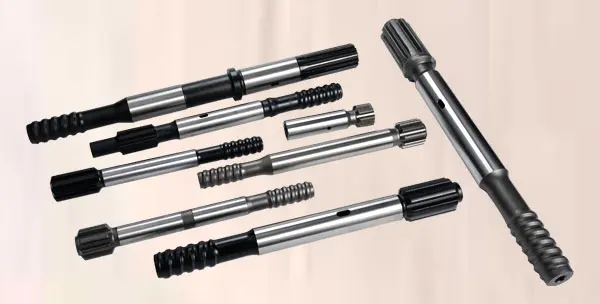
4.3 Non-Destructive Testing (NDT)
Ultrasonic testing (UT) and magnetic particle inspection (MPI) detect subsurface defects, ensuring compliance with ISO 9001 and ASTM E1417 standards.
5. Performance Challenges and Solutions
5.1 Fatigue Failure
Cyclic bending stresses in deviated boreholes lead to rod fractures. Solutions include:
– Residual Stress Management: Shot peening introduces compressive surface stresses to counteract tensile fatigue.
– Smart Rods with Embedded Sensors: Strain gauges and IoT-enabled monitors provide real-time stress analytics.
5.2 Vibration Damping
Harmonic vibrations reduce drilling accuracy. Viscoelastic dampers integrated into rod stabilizers absorb resonant frequencies.
5.3 Thermal Management
High-speed drilling generates frictional heat. Internal coolant channels and phase-change materials (PCMs) dissipate heat effectively.
6. Case Study: Application in Deep-Level Mining
In a South African gold mine operating at 3,000m depth, customized 6m-long drill rods with WC-coated threads achieved:
– 20% higher penetration rates in ultramafic rock.
– 40% reduction in thread replacement frequency, lowering operational costs by 15%.
7. Future Trends
– Additive Manufacturing: 3D-printed rods with lattice structures for weight reduction.
– Self-Healing Materials: Microcapsule-based coatings repair surface cracks autonomously.
– AI-Driven Predictive Maintenance: Machine learning algorithms analyze drilling data to forecast rod lifespan.
8. Conclusion
Mining drilling rods have evolved from simple steel tubes to sophisticated engineered systems. By integrating advanced materials, precision manufacturing, and smart technologies, modern rods address the escalating demands of depth, hardness, and efficiency in mining. Continued R&D in hybrid materials and digitalization will further redefine their role in sustainable resource extraction.
Keywords: Mining drilling rods, alloy steels, threaded connections, fatigue resistance, additive manufacturing.